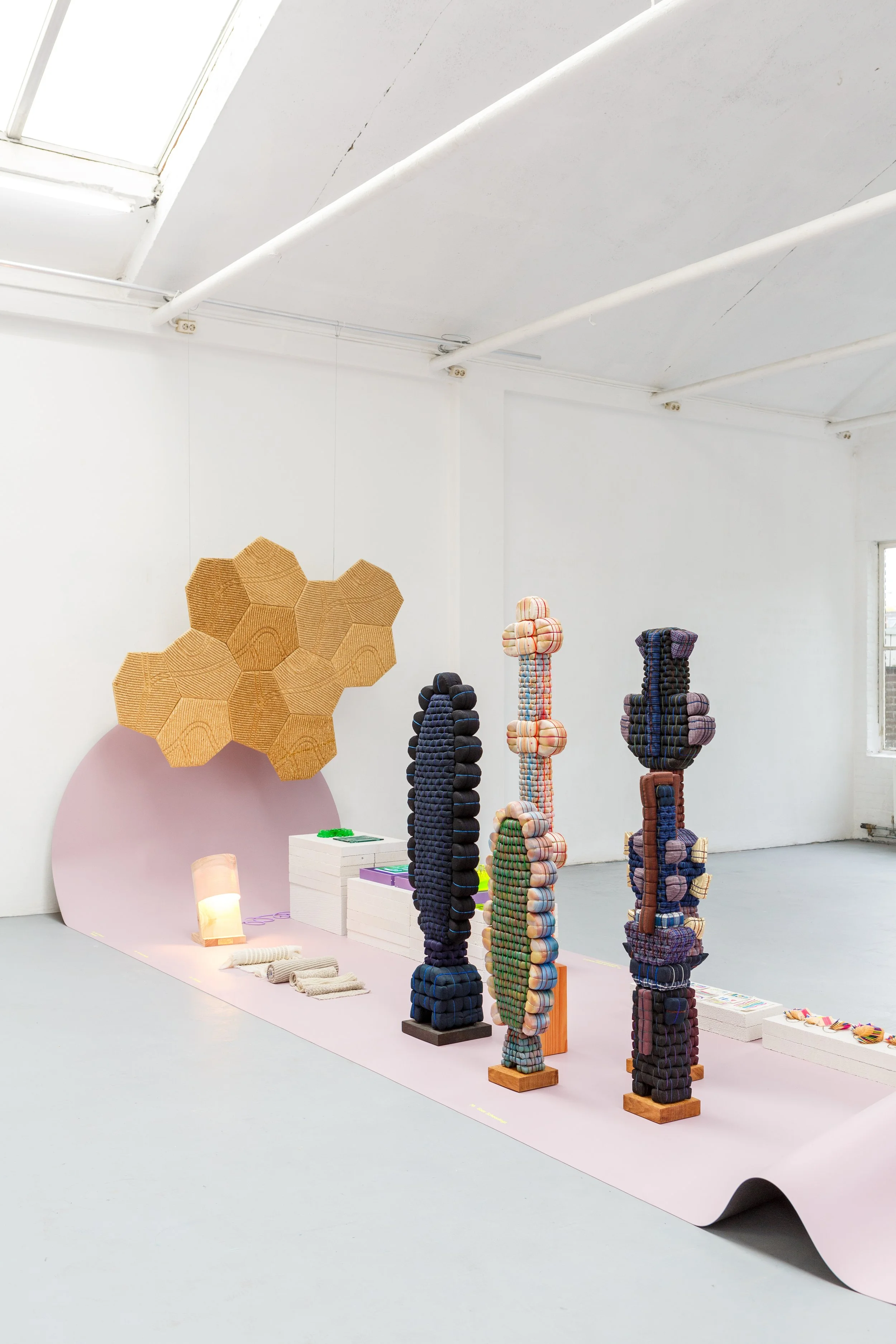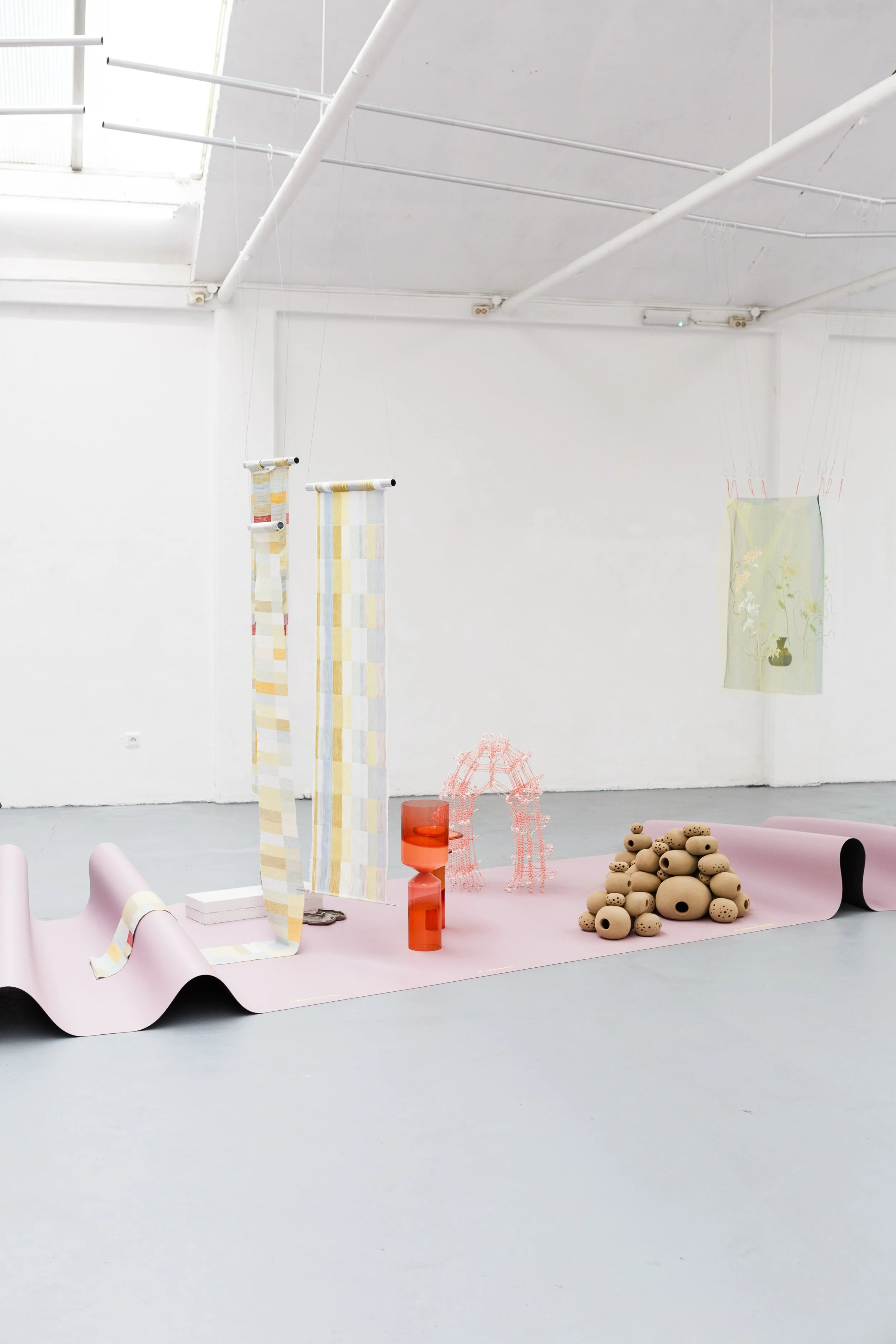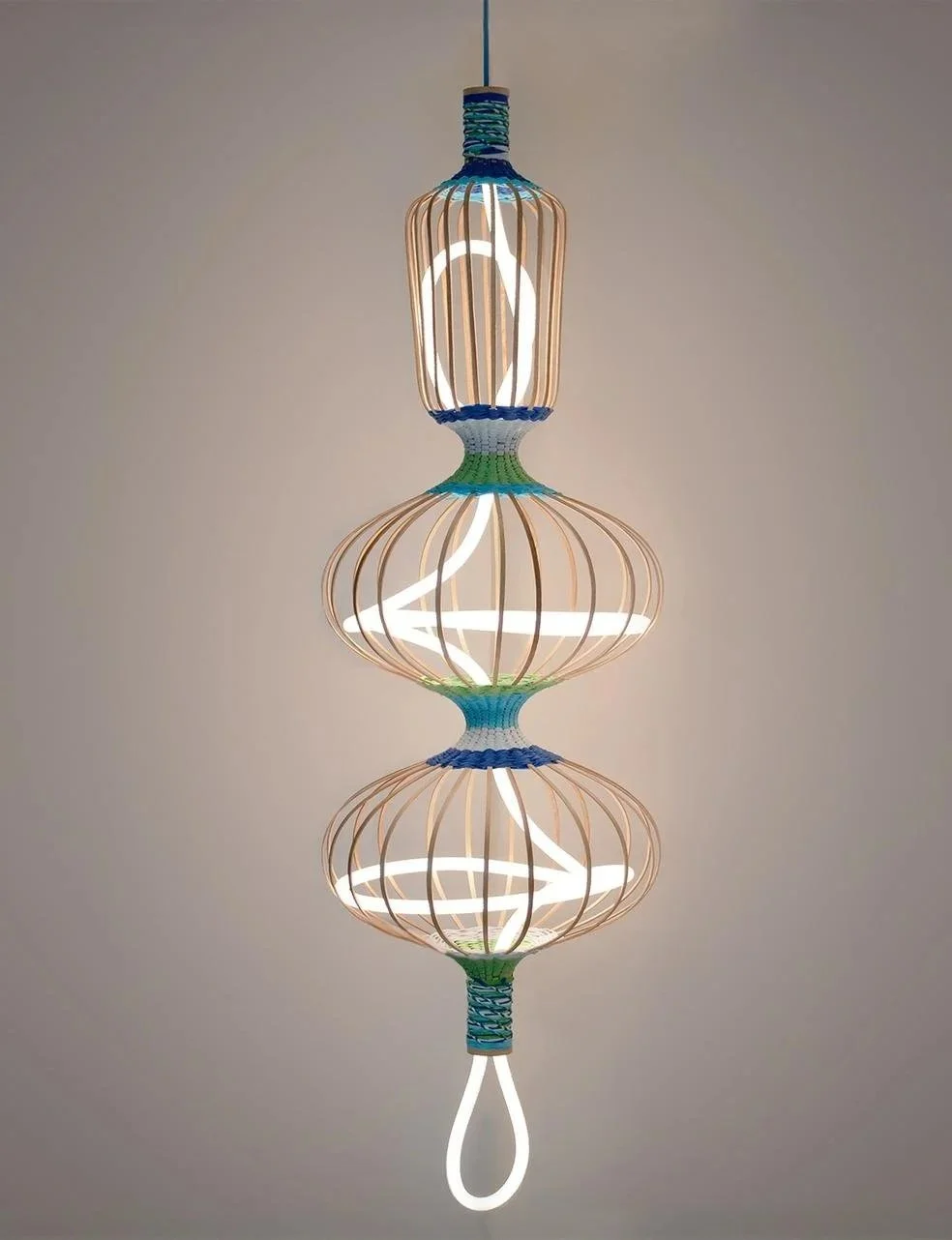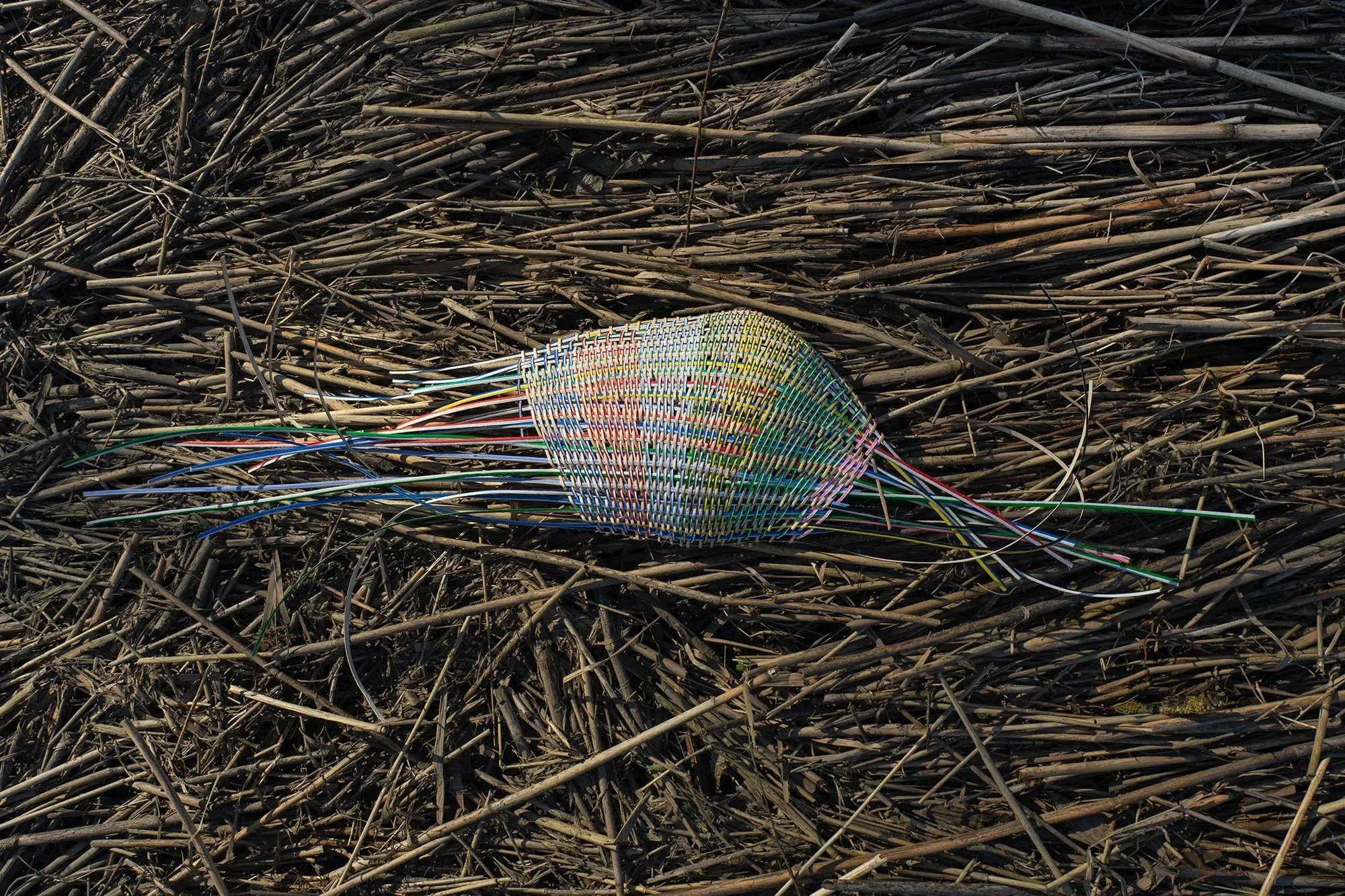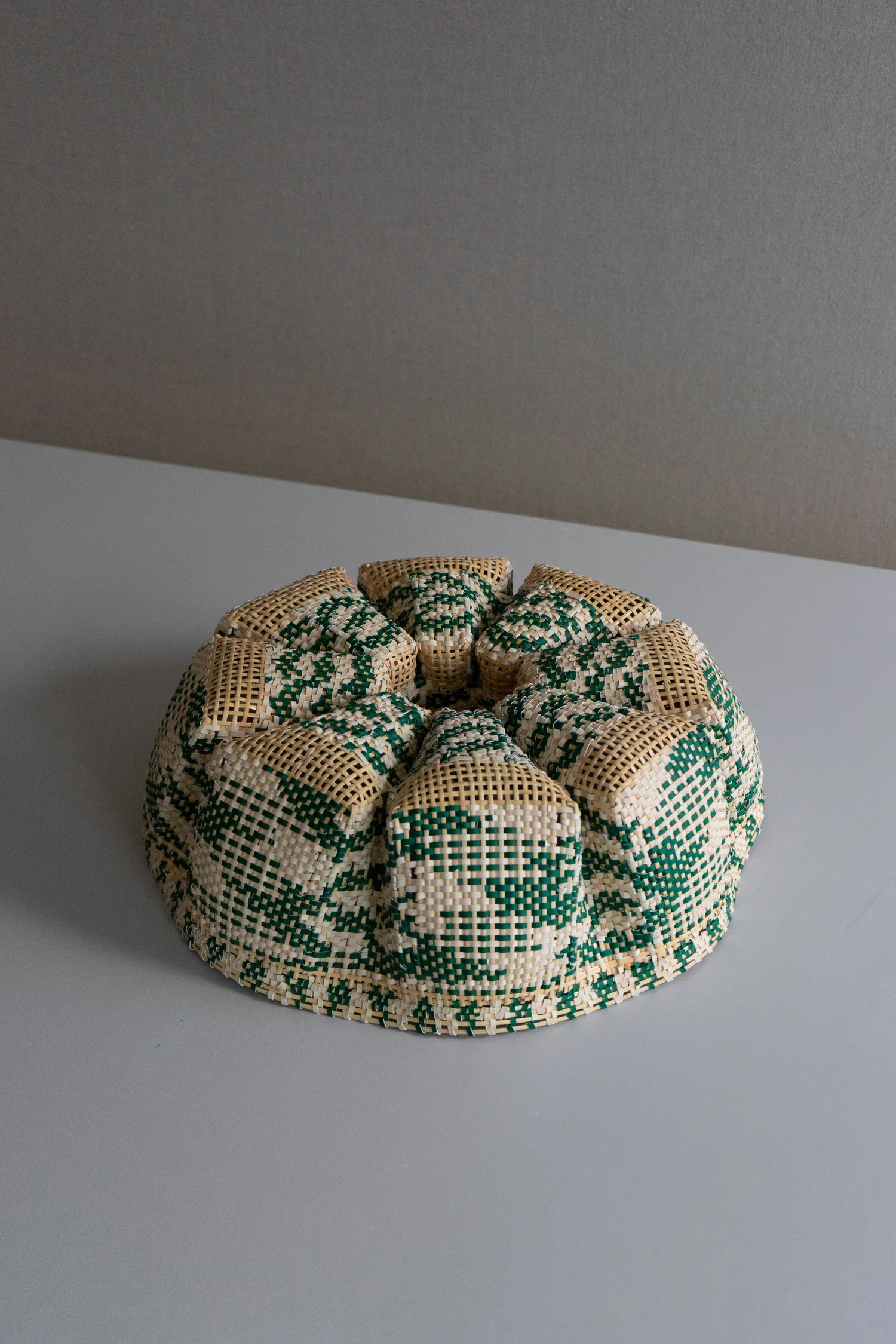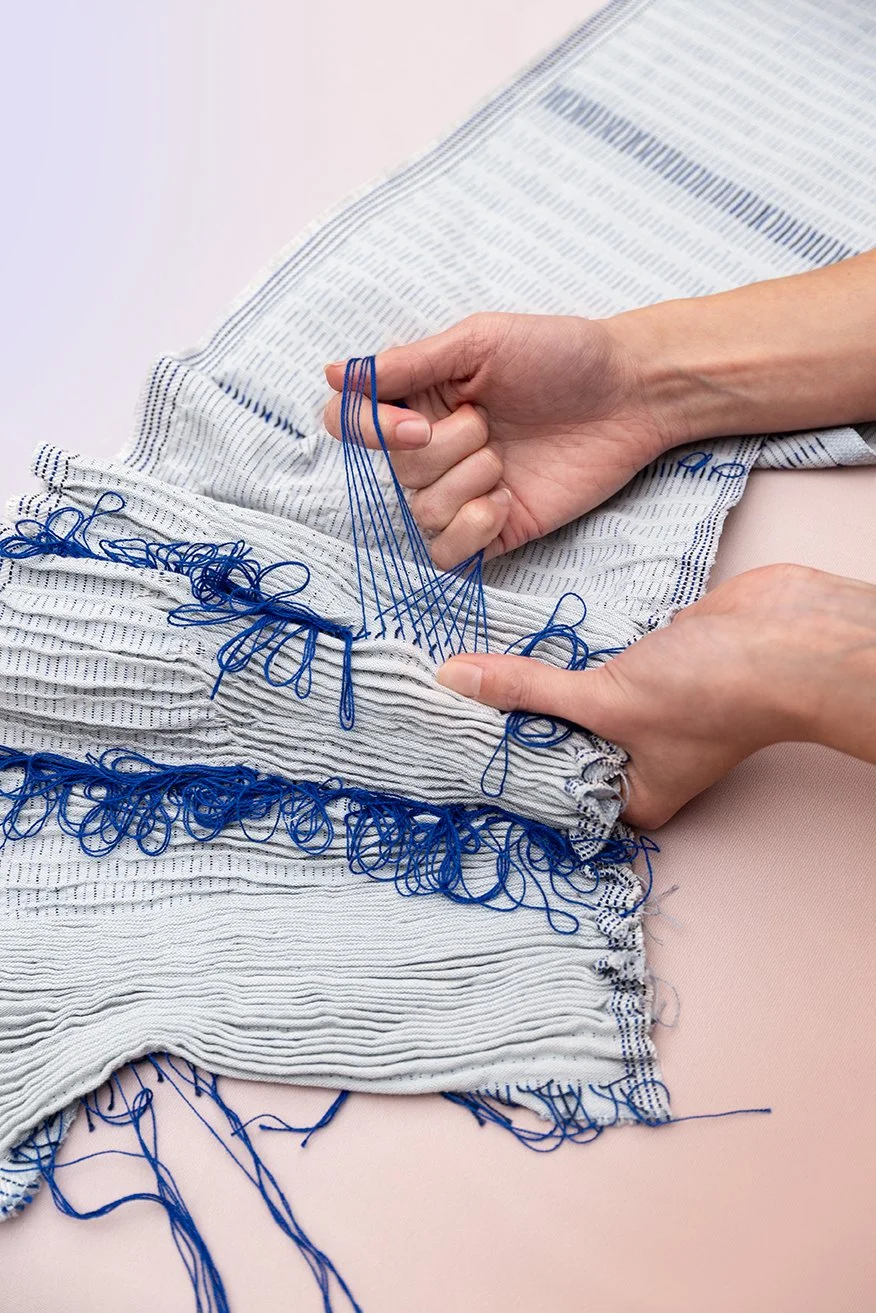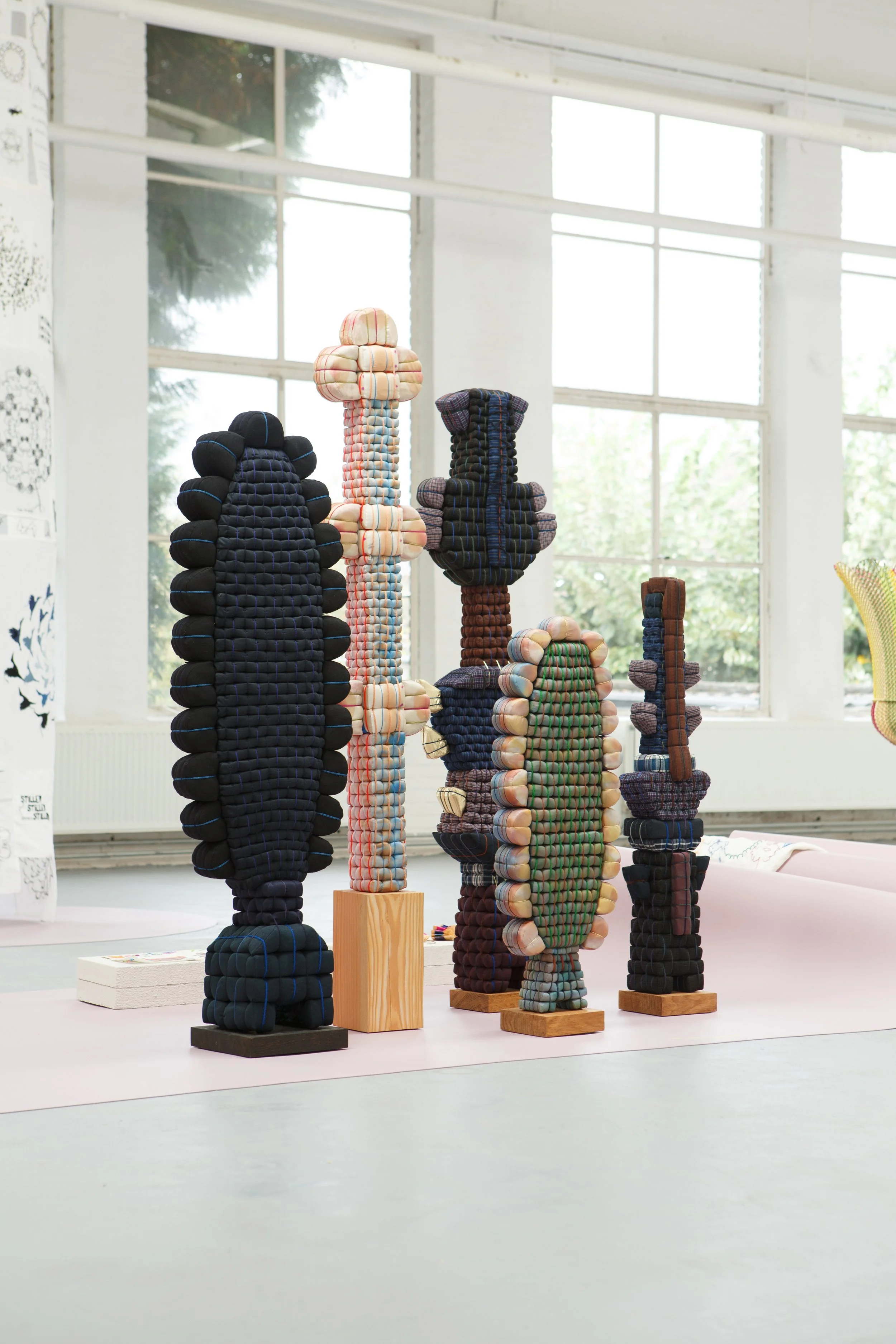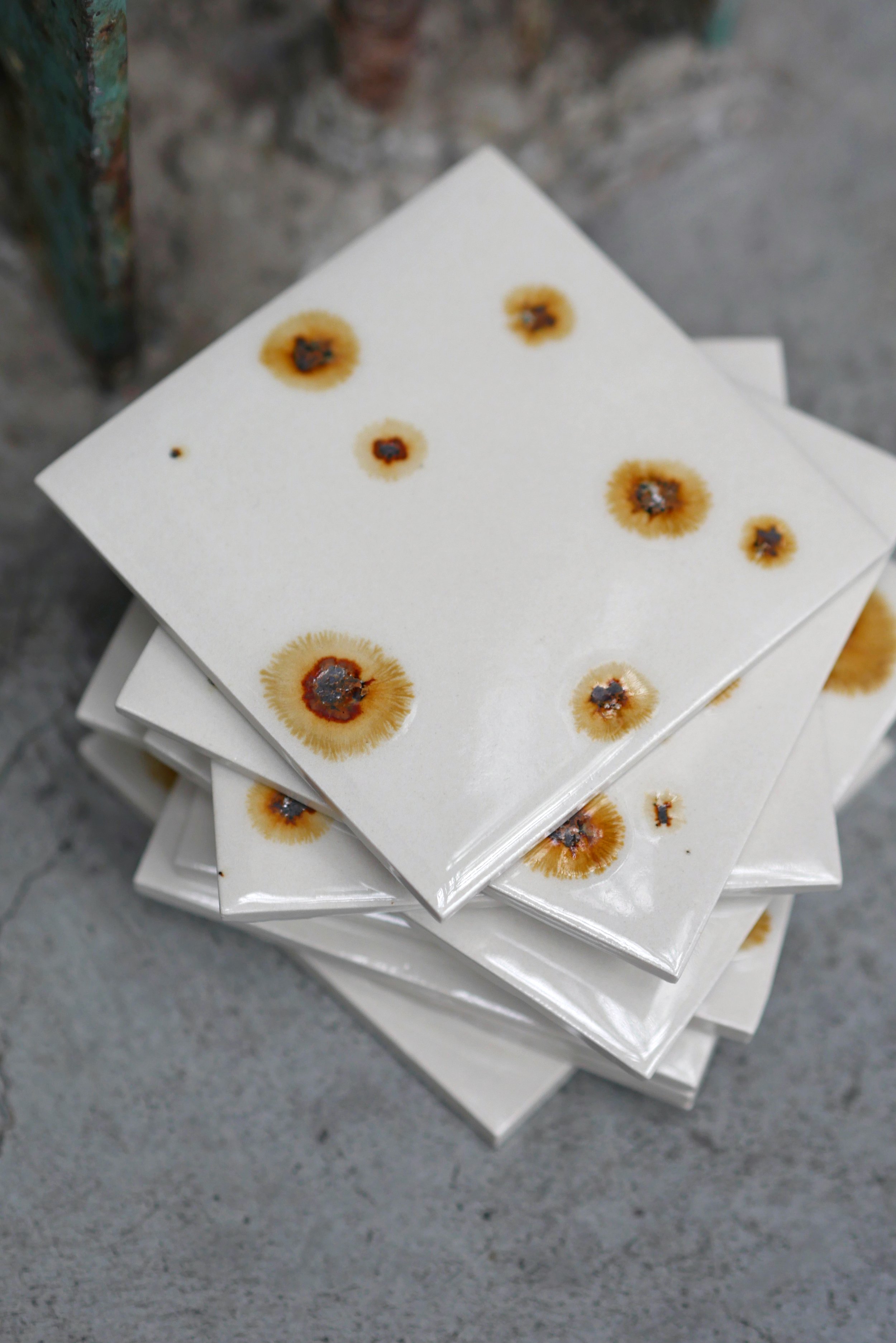HOW&WOW — The Choreography of Making
Crafts Council Nederland at Dutch Design Week 2025
DDW25 - Crafts Council Nederland’s exhibition HOW&WOW by Fan Liao
The silence of making is not mute. It resonates — a low vibration between body and matter.
It is the quiet tension of attention, when thought slows and the senses sharpen. In this state, the body begins to listen: to the grain of wood, the resistance of metal, the breath of flame, the weave of fibres, and the shifting temperature of clay.
In HOW&WOW, that resonance becomes visible. It runs through the makers' work—the pulse connecting hand, tool, and material. Craft, here, is not a solitary act of control but a dialogue, an exchange of gestures. The maker adjusts, pauses, leans in — a dance between knowing and discovering.
Bronze, wood, glass, fibre — each demands its own rhythm and silence. The body learns to read the language of weight, tension, and fragility. Through repetition, knowledge becomes muscle; awareness becomes movement. This embodied intelligence cannot be written down — only practised, absorbed, and felt.
This is the essence of HOW&WOW: the choreography of making. It's where silence becomes movement, where thought becomes material, and where matter, in return, begins to think back.
DDW25 - Crafts Council Nederland’s exhibition HOW&WOW by Fan Liao
Paper, Light, and Motion by Amy Lewis, exploring the Japanese weaving technique Kumihimo through sculptural light forms.
Amy Lewis — Paper, Light, and Motion
Amy Lewis integrates traditional craftsmanship with contemporary design. She employs the Japanese weaving technique known as Kumihimo to create sculptural lamps made from colorful paper yarns and wooden elements. These pieces achieve a harmonious balance between structure and softness.
Her work reflects the rhythm of hand-weaving and the way light interacts with color and texture, creating a dialogue between material and movement. In "Paper, Light, and Motion," tradition transforms into a dynamic language.
Cane+Paper Object by Dienke Dekker
Formations by Dienke Dekker
Dienke Dekker — Formations
Dienke Dekker explores weaving as both a process and a structure. She works with materials such as painted paper, wicker, and cotton. Initially, she weaves individual pieces together and then interlaces them again, resulting in layered compositions where rhythm and texture emerge through repetition.
Her approach demonstrates how form can evolve directly from technique. Each piece captures a sequence of gestures—folding, tightening, and overlapping—allowing the act of creation to become visible in the final surface.
SMOCK by Nicky Vollebregt | Photography by Anastasija Mass / Studio Mass / @studio__mass
SMOCK by Nicky Vollebregt | Photography by Anastasija Mass / Studio Mass / @studio__mass
Nicky Vollebregt — SMOCK
Designer and researcher Nicky Vollebregt tackles one of the textile industry's most significant challenges: overproduction and waste. Her work explores how woven materials can become adaptive systems—textiles that respond to changing needs instead of being discarded.
Through her project SMOCK, Vollebregt revisits the traditional smocking technique, historically used to shape valuable fabrics without cutting. She reimagines this technique for a contemporary context, creating fabrics that can change in size, shape, and function by incorporating three-dimensional structures and drawstrings into jacquard-woven textiles.
SMOCK questions the permanence of design and proposes a new approach to production and consumption based on transformation, longevity, and emotional durability. It envisions a future where textiles evolve alongside us, extending their relevance and reducing the need for constant renewal.
Saar Scheerlings — Talismen | DDW25 - Crafts Council Nederland’s exhibition HOW&WOW by Fan Liao
Saar Scheerlings — Talismen
Saar Scheerlings explores how existing materials can be transformed into new creations through manual processes. She works with discarded foam-rubber mattresses, cutting them into small cushions, covering them with custom textiles, and tying them together layer by layer to create handmade sculptures known as Talismen.
Her approach reflects on issues of waste, production, and material cycles, challenging common perceptions of where value begins and ends. By reimagining a mass-produced, overlooked material, she crafts something that is carefully assembled and cherished.
Stone Waste is Bliss by Agne Kucerenkaite
Agne Kucerenkaite — Stone Waste is Bliss
Agne Kucerenkaite's project, "Stone Waste is Bliss," explores how industrial waste can be transformed into a valuable resource. She takes discarded fragments of granite, quartzite, limestone, and travertine and converts them into functional ceramic surfaces.
During the firing process, the iron present in the granite interacts with the glaze, creating natural, flower-like crystalline patterns. This method eliminates the need for synthetic pigments. Not only does it help reduce waste, but it also redefines the aesthetics of industrial by-products, allowing imperfections to become integral to the design.
Kucerenkaite’s approach challenges traditional linear production systems by demonstrating that waste is not merely an endpoint but the starting point for a new material cycle.
About Crafts Council Nederland
Crafts Council Nederland is the national platform for creative craft. Through community building, research, knowledge exchange, and public presentations, it supports makers and promotes innovation in craft practices.
Partners
Forbo Flooring, Artek, Iittala
Funds
Creative Industries Fund NL, Iona Stichting, European Crafts Alliance, Instituut GAK
Exhibition details
Presented during Dutch Design Week 2025 under the theme “Past. Present. Possible.”, HOW&WOW offered a quiet counterpoint to the spectacle of innovation.
Dates: 18–26 October 2025
Opening hours: 11:00–18:00
Location: De Fabriek, Eindhoven


